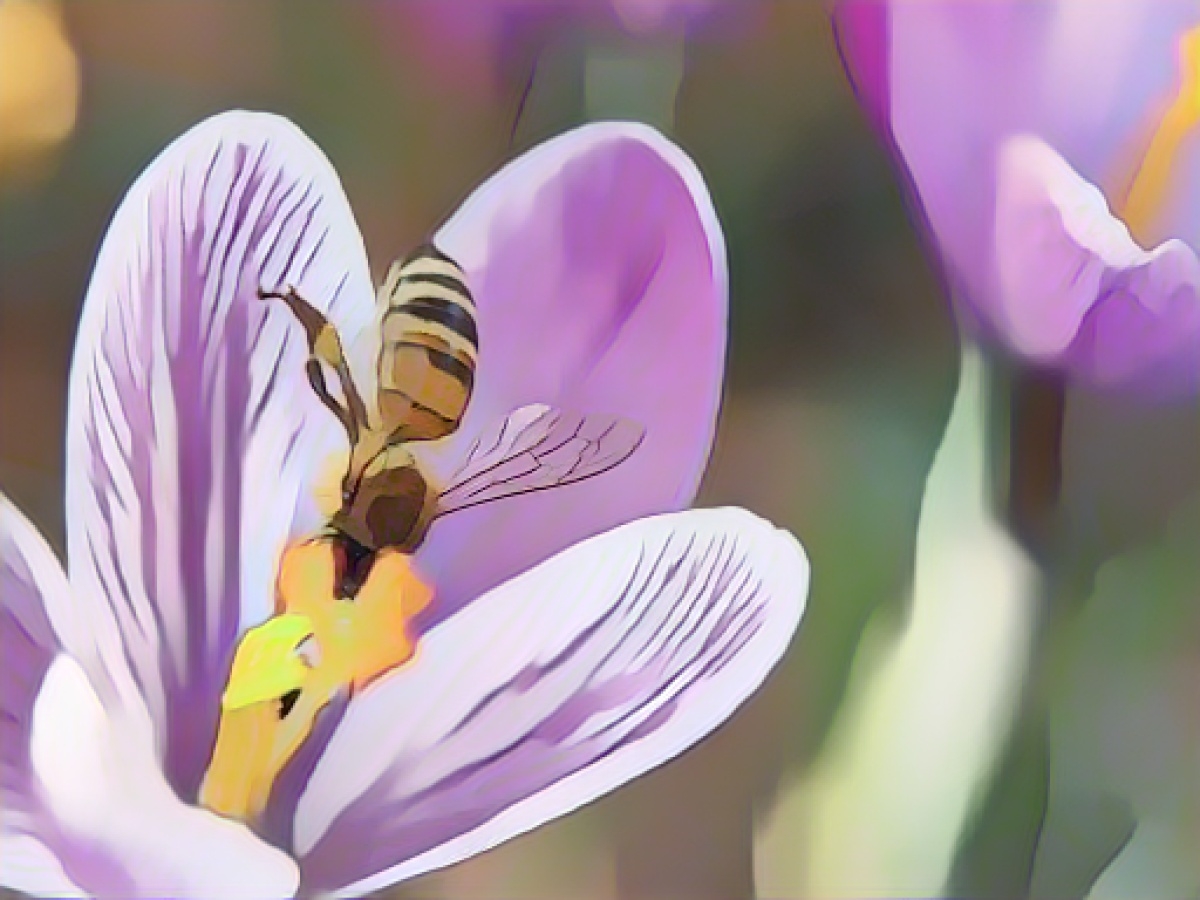Climate change: Fewer insects with early spring awakening
An earlier greening and blossoming of nature in spring can lead to fewer insects, especially in forests, according to a study. "Global warming is probably partly contributing to the dramatic decline in insects via this pathway," writes the research team from southern Germany in the journal "Communications Biology".
The cause lies in the interaction: if herbivorous insect larvae hatch well before the leaves emerge, they are in danger of starving to death. However, if they hatch well after, the food quality can be noticeably poorer because fresh leaves are the most digestible and richest in protein and often contain the fewest protective substances.
Leaf crowns tend to be denser
Another possible explanation is that the tree crowns tend to close up earlier when they turn green and shade the vegetation below - resulting in lower temperatures. According to the team, the results were less clear for other types of landscape such as meadows, fields and settlements.
The study investigated how the timing of the spring awakening is related to the number and diversity of insects in the year for around 180 locations in Bavaria. The scientists used satellite data from 2017 to 2019 as well as insect traps.
Further study shows correlation
A study presented in September also established a link between insect decline and climate change. According to the study, an accumulation of unfavorable weather conditions had a noticeable influence on the observed decline in flying insects in Germany in recent decades. The research team led by Jörg Müller from the University of Würzburg reported in the journal Nature that analyzed weather data was consistent with the decline in insect numbers.
However, the study was controversial among researchers. It was emphasized that the results should by no means be taken to mean that weather phenomena alone can explain the dramatic loss of insect biomass in recent decades. A major influence of the weather does not mean that other factors such as the use of pesticides and changes in land use do not also have a major influence.
Shrinkage of 75 percent
In 2017, a team led by Caspar Hallmann from Radboud University in Nijmegen (Netherlands) found a dramatic decline in the mass of flying insects in parts of Germany when analyzing data from entomologists in Krefeld. According to the study, the total mass decreased by more than 75 percent between 1989 and 2016. The main causes to date have been factors such as the intensification of agriculture and the loss of habitat.
Scientists from the Technical University of Munich (TUM) and the Universities of Würzburg, Bayreuth and Weihenstephan-Triesdorf were involved in the current study.
- The change in climate and weather conditions can impact various animals in forests, potentially leading to a decrease in insect populations during early spring due to poor food quality or starvation.
- As forests experience earlier leafing and greenery during the spring seasons, the closure of the tree crowns may result in lower temperatures and less favorable conditions for insects, further impacting their diversity and numbers.
- Changes in climate and weather patterns have been linked to unfavorable weather conditions, which could contribute to the shrinkage of insect populations in Germany, but this is not the only factor influencing the dramatic decline in insect biomass in recent decades.
Source: www.dpa.com








